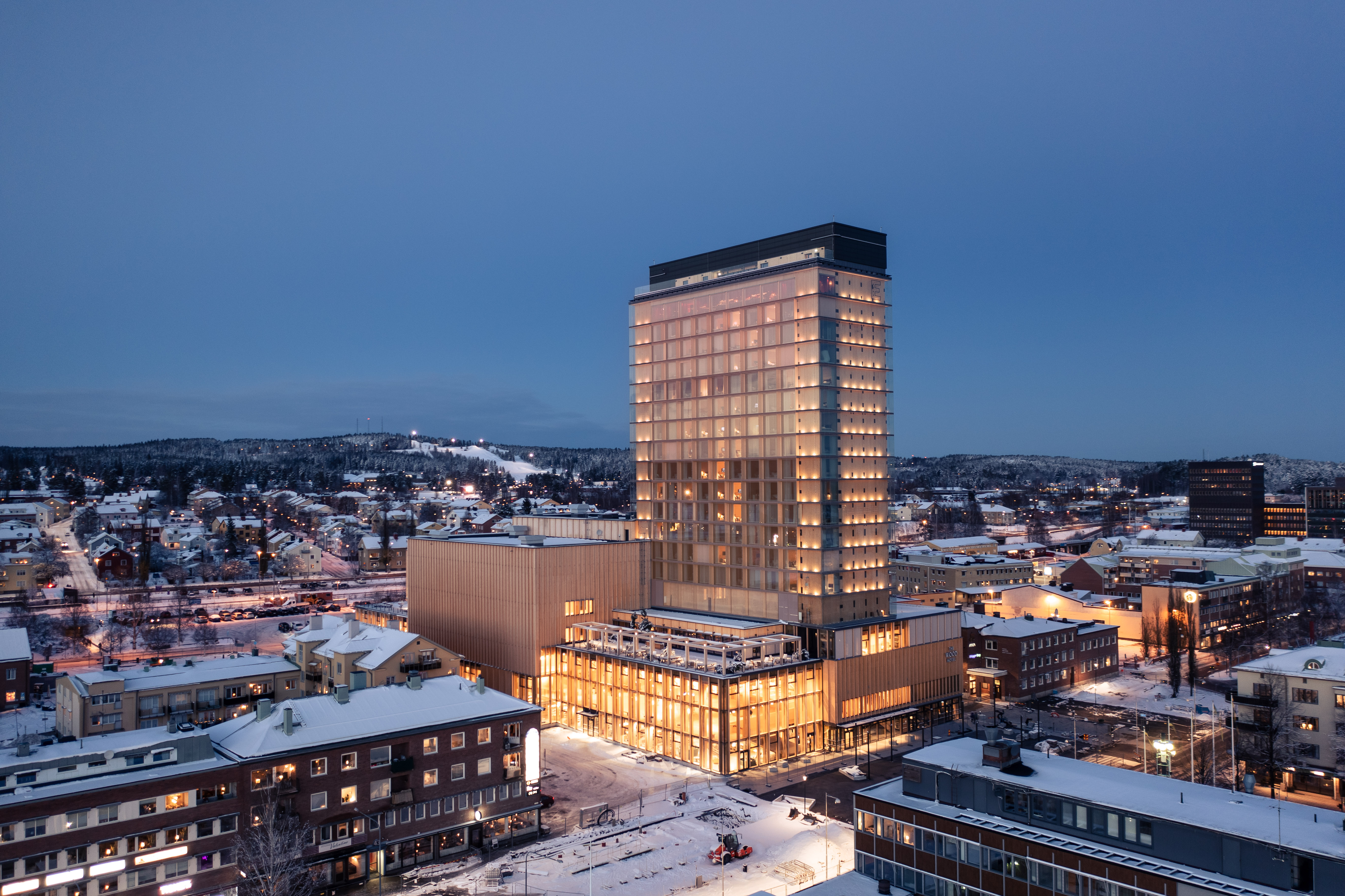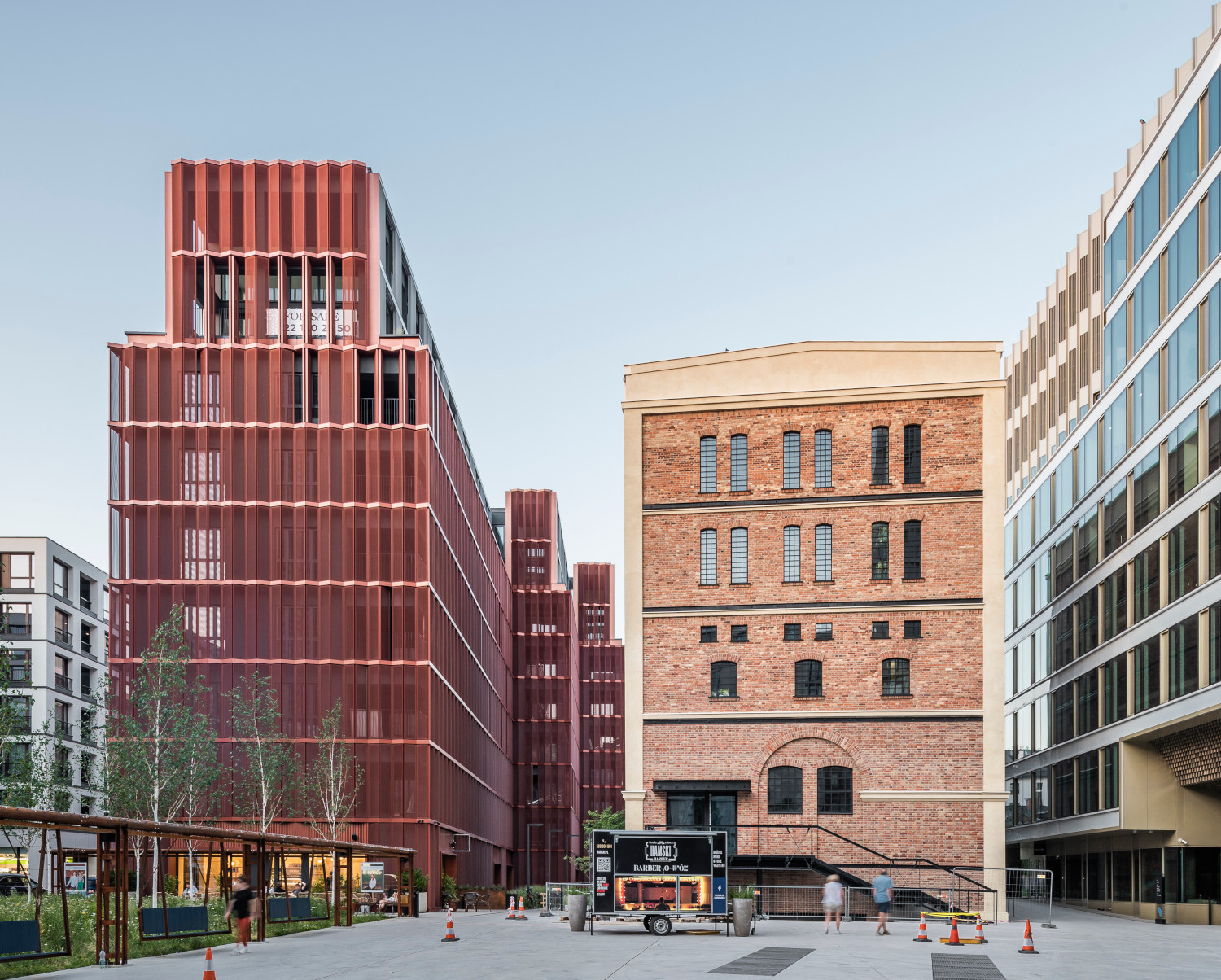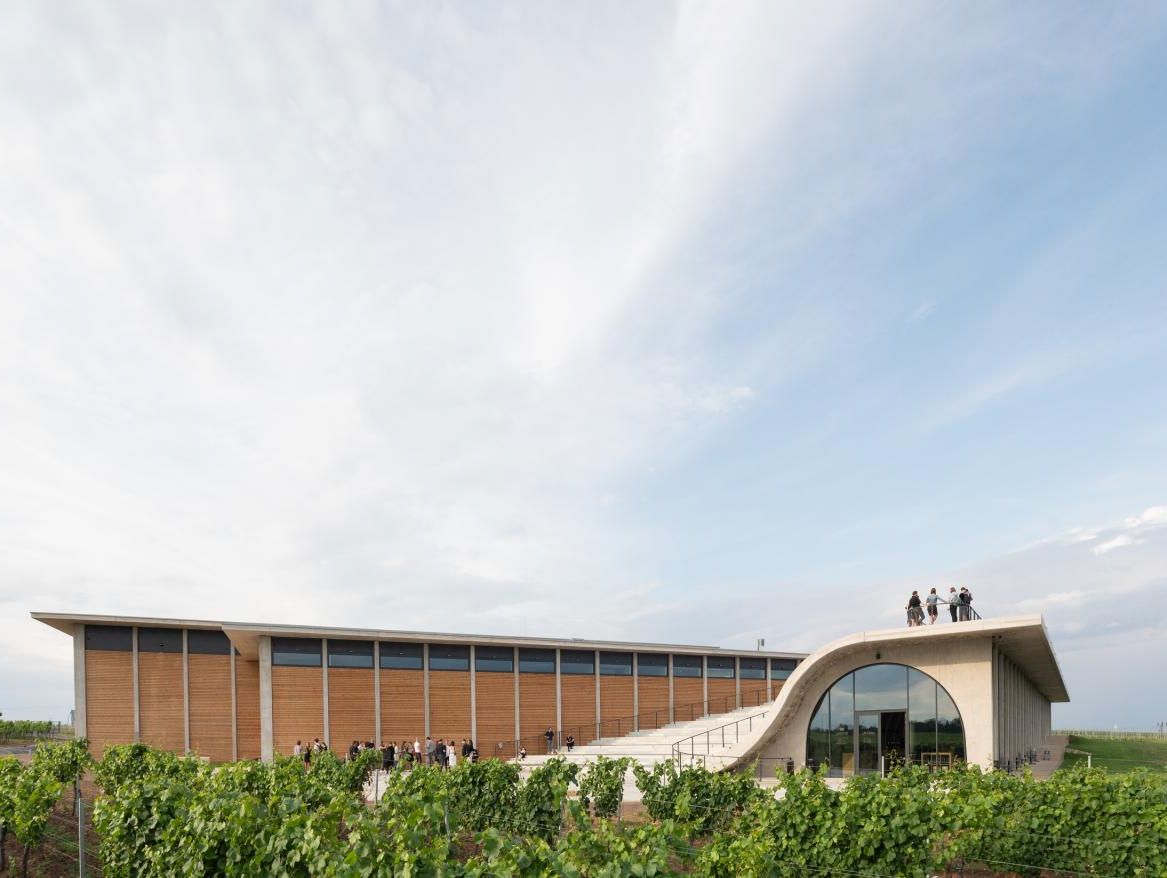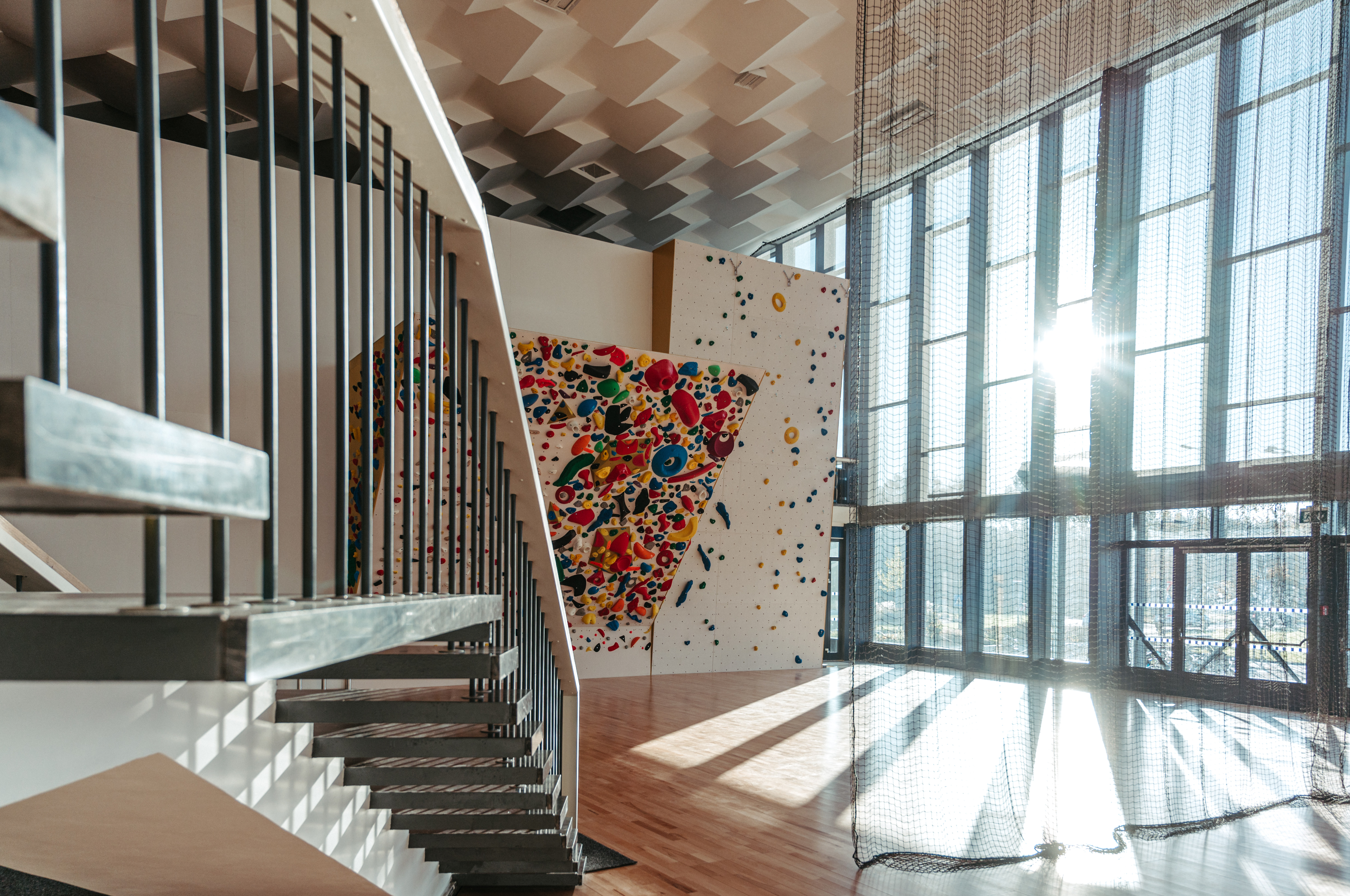What is architecture and the urban planning of care?
We care about the environment in many different ways. Not only by sorting waste and using public transport instead of a car. The changes occurring in the construction industry, including the trend for the architecture of care, also have a significant impact on ecology.

Sara Kulturhus, Skelleftea, Sweden Systems used: MB-SR50N, MB-86 SI, MB-SR50N OW
What is architecture and the urban planning of care?
According to research, the construction industry is responsible for 23% of air pollution, 40% of drinking water contamination, and the production of as much as 50% of waste! The awareness of these alarming statistics has led many companies in the sector to radically change their approach to their mission and values. In this way, the trend of sustainable construction began to gain in popularity. Based on the conscious use of natural materials and energy-efficient technologies, it has very quickly established itself in the minds of architects worldwide.
As a result, low-emission buildings have begun to be designed, using technological advancements to regularly reduce their carbon footprint during operation.
The awareness of the need to implement sustainable solutions is also fuelled by the activities of the Green Building Council, which, by engaging in numerous projects, seeks to raise greater awareness regarding green building.
It is worth noting, however, that there is a fundamental difference between sustainable construction and what is known as the architecture of care. Both of these trends cannot, due to this, be considered as equal.
The difference lies in the way of thinking about the building. While green building focuses on the building as a functional object, designed to meet specific goals and be environmentally friendly, the urban planning of care extends to many other aspects related to its creation.
For example, when an architect working in the spirit of sustainability chooses to use wood in a project, they do so because it is a renewable material that fits the principles of ecological design. In contrast, following the guidelines of architecture of care, it is not only important to use the wood, but also to ensure that its acquisition does not cause any harm to the environment. Moreover, care extends to all the people involved in the process of creating and subsequently using the building. From the gathering and processing of materials, through construction, to those who are responsible for its maintenance.

Browary Warszawskie, Warsaw, Poland. Systems used: MB-86 ST, MB-77HS
How can we build with care?
The elements of architecture related to care permeate many aspects of reality. To implement it in urban planning projects, we only need to look around to see excellent examples of its use.
One of the best examples is the recycling of building materials, among which aluminium stands out with its capabilities. This material fits perfectly into the trend of the architecture of care, through the savings brought about by its processing and reuse. In this process, it is possible to save as much as 95% of the energy compared to the production of primary aluminium. Aluminium recycling also results in 95% less air pollution and as much as 97% less water pollution.
The company Aluprof, which produces aluminium systems for windows and doors dedicated to both commercial and residential construction, benefits from the opportunities this provides. It offers solutions that align with the ecological trends of architecture.
Some examples include:
- MB-SR50N system walls, with their high thermal insulation coefficient and water resistance,which are perfect for constructing glazed facades of buildings,
- windows and doors with the MB-86N and MB-79N systems, designed for energy-efficient construction,
- MB-104 Passive with a certificate from the Passive House Institute Darmstadt for passive construction.

Vinařství Lahofer, Dobšice, Czech Republic. Systems used: MB-78EI, MB-SR50N, MB-104 Passive
Buildings that care for their surroundings
Aluminium windows, doors, and facades based on Aluprof systems have been used in many projects around the world, where we can observe significant influences from the architecture of care. One of the best examples of applying these solutions is Sara Kulturhus – the tallest wooden building in the world, where, in addition to high-quality wood (sourced in accordance with all ecological standards), the aforementioned MB-SR50N HI+ aluminium facade has been used.
Another interesting example of applying elements from the architecture of care is the revitalisation of old buildings and giving them new functions through the use of ecological solutions. This line of thinking was followed by the architects revitalising the Polish Browary Warszawskie, transforming the former beer brewery into a mixed office and residential complex, as well as the Czech hall, Nadraží Havířov, which was converted from a train station building into a sports and cultural centre.

Nadraží Havířov, Havířov, Czech Republic. Systems used: MB-70HI, MB-SR50N
Let's build a better future
The architecture of care, unlike traditional design trends, focuses not only on the building as the final product but also on all other actions leading to the creation of the investment. For this reason, implementing the principles from the architecture of care at the design phase has a significantly greater impact on the ecology of the construction process, from the moment of sourcing materials, through the use of appropriate technologies, to a simple, low-emission logistical process. All these elements, when combined and coordinated properly, contribute to the improvement of the natural environment to a much greater extent than a low-emission building with the best possible building certifications.
Aluprof, with its range of window and door systems made from recycled aluminium, perfectly fits into the trend, enabling the construction of durable, "green" buildings with the least possible impact on the fauna and flora of our planet. Buildings that, thanks to the use of appropriate materials, will serve not only us but also the future generations.
